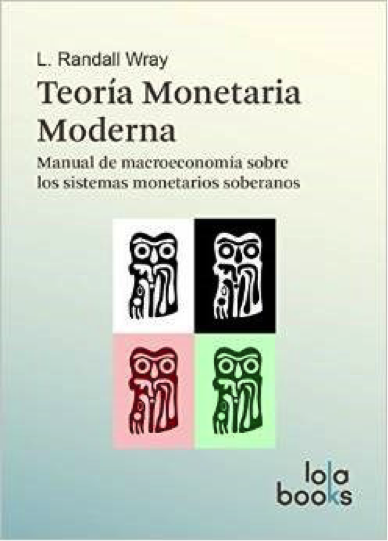By J.D. Alt
Money causes labor to do useful things, and goods and services to be exchanged between people, thereby enabling people in general—both individually and collectively—to obtain what they need. In order for this process to occur in an optimal way—that is, in order for the maximum number of people to obtain what they need, individually and collectively, it seems clear that two basic conditions must be met: (1) there needs to be enough money to pay people to create all the goods and services they need, and (2) this adequate supply of money needs to be in the hands of people who are actually able and motivated to spend it for that purpose.
By “enough money” I mean this: Is there enough money to pay people to build all the things and provide all the services they need both individually and collectively—without there being too MUCH money (which could cause prices to escalate)? If there isn’t enough money, it is likely there will be things we need but which we cannot have—not for the lack of available and willing labor to provide those things, but for lack of money with which to pay that labor. In this case that labor not only remains wastefully unemployed, but we, collectively and individually, go without something which we otherwise could have, and might possibly—even desperately—need. (It is also possible, of course, that we cannot have the things we need because the required natural resources—energy, materials, chemicals and minerals etc.—are not available. This, however, is not a “money problem” but a resource problem.)
Continue reading →












